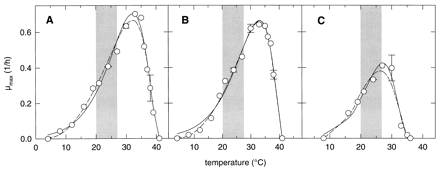The word “experiment” can mean many different things in various contexts. In science and statistics, it has a very particular and subtle definition, one that is not immediately familiar to many people who work outside of the field of experimental design. This is the first of a series of blog posts to clarify what an experiment is, how it is conducted, and why it is so central to science and statistics.
Experiment: A procedure to determine the causal relationship between 2 variables – an explanatory variable and a response variable. The value of the explanatory variable is changed, and the value of the response variable is observed for each value of the explantory variable.
- An experiment can have 2 or more explanatory variables and 2 or more response variables.
- In my experience, I find that most experiments have 1 response variable, but many experiments have 2 or more explanatory variables. The interactions between the multiple explanatory variables are often of interest.
- All other variables are held constant in this process to avoid confounding.
Explanatory Variable or Factor: The variable whose values are set by the experimenter. This variable is the cause in the hypothesis. (*Many people call this the independent variable. I discourage this usage, because “independent” means something very different in statistics.)
Response Variable: The variable whose values are observed by the experimenter as the explanatory variable’s value is changed. This variable is the effect in the hypothesis. (*Many people call this the dependent variable. Further to my previous point about “independent variables”, dependence means something very different in statistics, and I discourage using this usage.)
Factor Level: Each possible value of the factor (explanatory variable). A factor must have at least 2 levels.
Treatment: Each possible combination of factor levels.
- If the experiment has only 1 explanatory variable, then each treatment is simply each factor level.
- If the experiment has 2 explanatory variables, X and Y, then each treatment is a combination of 1 factor level from X and 1 factor level from Y. Such combining of factor levels generalizes to experiments with more than 2 explanatory variables.
Experimental Unit: The object on which a treatment is applied. This can be anything – person, group of people, animal, plant, chemical, guitar, baseball, etc.
.
.
as the symbol for the variables in the above notation – in statistics, contrasts provide a very useful framework for comparing multiple population means in hypothesis testing. In a later Statistics Lesson of the Day, I will illustrate some examples of contrasts, especially in the context of experimental design.

Recent Comments